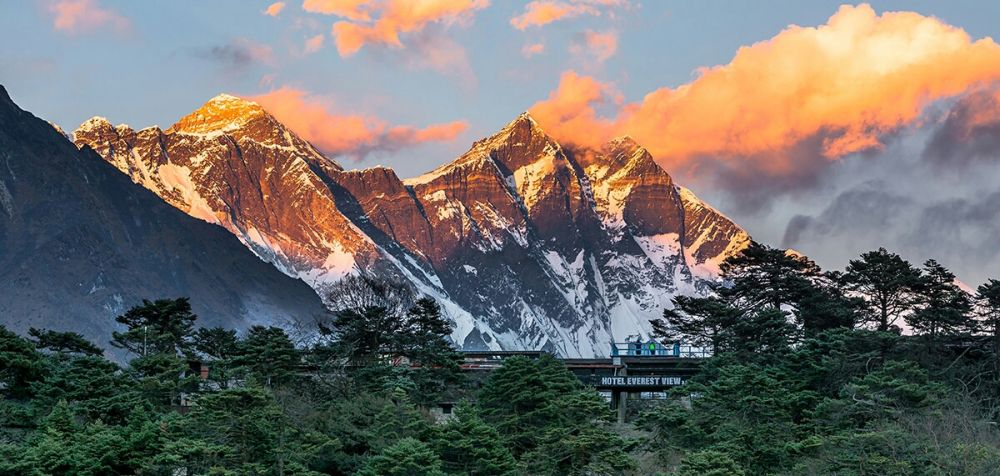

Sagarmatha National Park in Nepal, home to the iconic Mount Everest, is best visited during two primary seasons: pre-monsoon (spring) and post-monsoon (autumn). The spring season, which runs from April to early June, is favored by many trekkers and climbers due to the warmer weather and longer daylight hours. During this time, the rhododendron forests bloom with vibrant colors, adding to the beauty of the trekking routes. Visibility is generally good, and the temperatures are more accommodating for those looking to reach the Everest Base Camp or summit adjacent peaks. However, as June approaches, the weather can become less predictable with the onset of the monsoon season, so it's advisable to plan your trip earlier in spring.
The post-monsoon season, particularly from late September to November, is considered the best time for clear mountain views and stable weather conditions. The skies tend to be clear, offering magnificent views of Everest and the surrounding Himalayas. The climate is also comfortable for trekking, with minimal rainfall and moderate temperatures. Keep in mind that October is peak trekking season, so trails and tea houses may be more crowded, and it's essential to book accommodations in advance. Despite the colder conditions, December to February offers the opportunity for winter trekking with fewer crowds, though trekkers should be prepared for extreme cold and potential accessibility issues due to snow.
| Month | Min Temp | Max Temp |
|---|---|---|
| January | -17°C °c | -7°C °c |
| February | -15°C °c | -5°C °c |
| March | -12°C °c | -2°C °c |
| April | -5°C °c | 4°C °c |
| May | -2°C °c | 8°C °c |
| June | 1°C °c | 12°C °c |
| July | 2°C °c | 14°C °c |
| August | 2°C °c | 14°C °c |
| September | 0°C °c | 10°C °c |
| October | -6°C °c | 5°C °c |
| November | -12°C °c | -3°C °c |
| December | -15°C °c | -8°C °c |